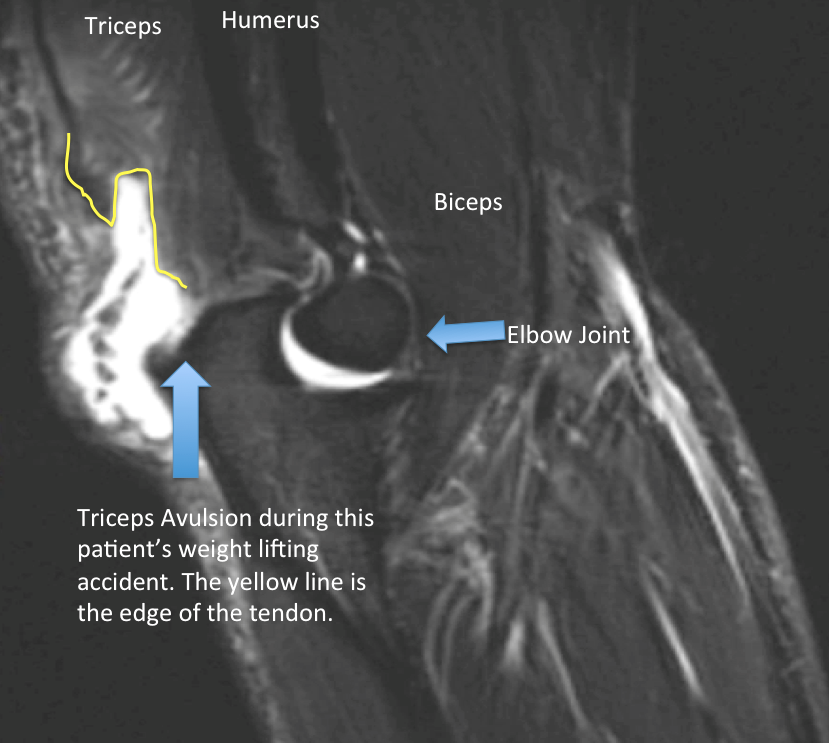
Tricep MRI
For years workout enthusiasts have used the term “No Pain, No Gain”. Pain is far from what anyone wants to feel when trying to build up lean muscle mass.
The goal of any exercise program is to increase performance and decrease the risk injury. Many people are beginning to realize that a good diet and plenty of exercise is the mainstay for a long and healthy life.
Thus, it is important that people keep injury prevention in perspective based on their age. Many people who engage in weight lifting and plyometric exercises are young and agile in their 20’s. People in their 30’s, 40’s, and 50’s become more prone to soft tissue injury as they age.
Soft tissue injuries include muscle strains, cartilage damage, tendon injuries, and ligament sprains. Tendon injuries are particularly common in weightlifters and athletes.
Tendons connects muscles to bones and are located throughout your body i.e. Biceps tendon, Achilles tendon, Patella tendon. Tendons allow our muscles to transfer forces across a joint to allow for movement. Tendons are made up of collagen, like cartilage, and can become degenerative and less resilient as we age.
A prime example of this is the rotator cuff tendons in our shoulder. In the orthopedic community we have noticed a high incidence of asymptomatic and undiagnosed rotator cuff tears in the 50-year-old population. These are non traumatic and thought to be due to normal degeneration.
Tendon injuries can range from tendinitis to a complete rupture. Tendon ruptures often require surgical intervention. Some of the common areas where tendon injuries can occur are:
-Biceps Tendon
– Triceps Tendon
– Rotator Cuff
-Achilles Tendon
– Pectoralis Major Tendon
Tendon ruptures in these areas are commonly seen in young weightlifters. This type of injury can occur from a sudden and violent muscle contraction that exceeds the tensile limit of the tendon.
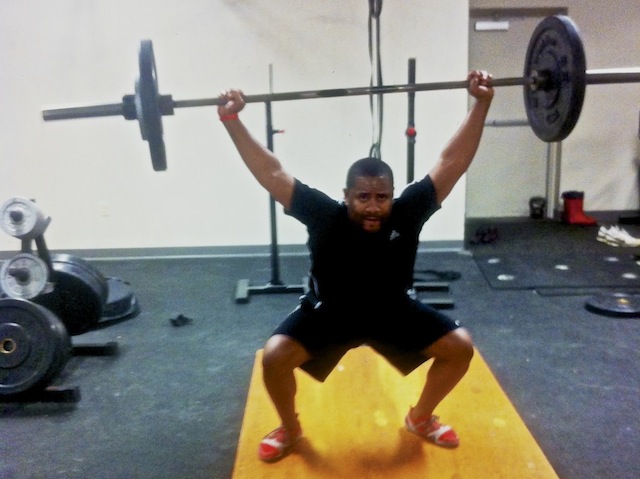
These acute ruptures will be heralded by a sudden “pop” followed by bruising and weakness of the attached muscle. Other people will develop inflammation in the tendon from repetitive use, aka tendinitis. This causes pain at the insertion of the tendon to the bone. It can be a little ache, but may develop into a chronic problem if you don’t let it rest.
As mentioned previously, our tendons degenerate as they age and they become stiffer. Older athletic individuals may have degenerating tendons that cause aches during activity i.e. Achilles pain during box jumps, or triceps pain during overhead extensions. These may be warning signs.
People often experience repeated pain during exercise and ignore it until the tendon finally ruptures. These are just things to watch out for. Everyone’s body is different and may respond differently to various exercises.
Some people with bad knees for example may have trouble performing deep squats. If you feel pain during certain exercises, try to modify the exercise. If that doesn’t work, give it a rest for a few weeks.
If you have a musculoskeletal pain that is recurrent and the pain lasts longer than a few weeks, it is advisable to have a physician evaluate you before you do any real damage.
Warm ups and stretches before and after exercise can help you prevent injuries. This allows the soft tissues in your body to relax and loosen up. As you age this becomes even more important, so try to develop good pre workout habits along the way.
Hopefully this knowledge can help you avoid major injuries. Remember… train hard, but be smart. Life is a marathon, not a sprint.




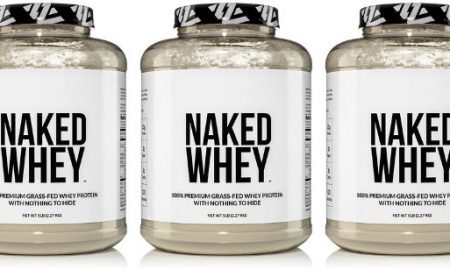
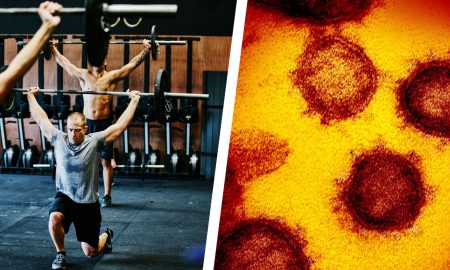
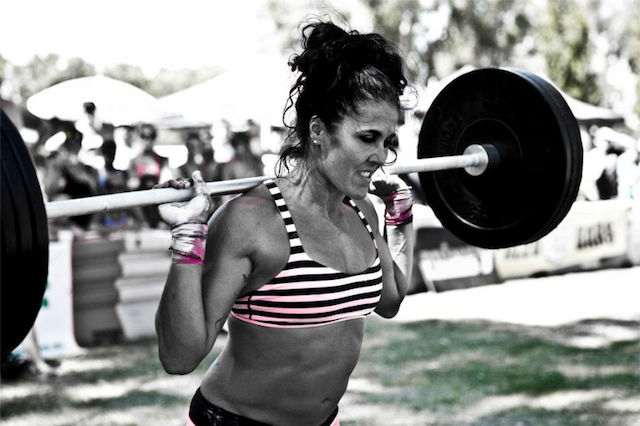
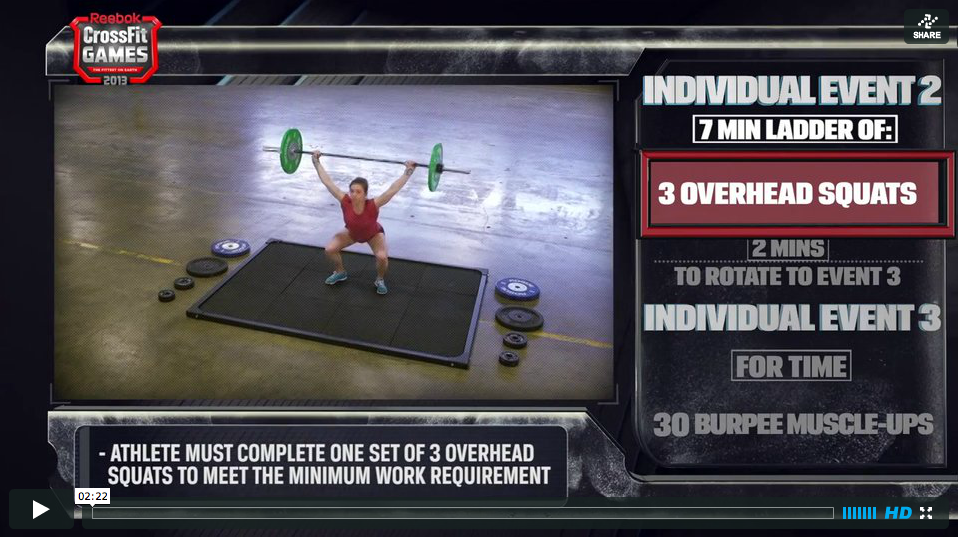


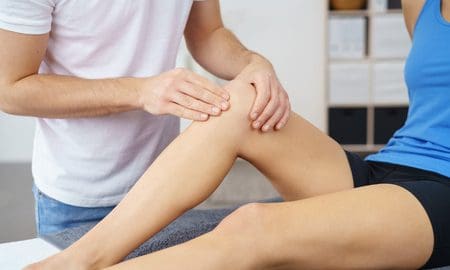

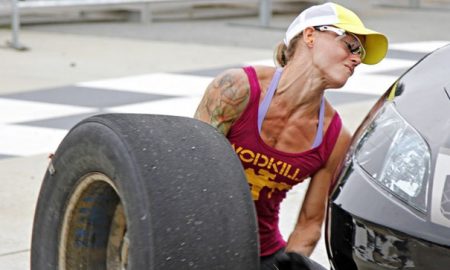
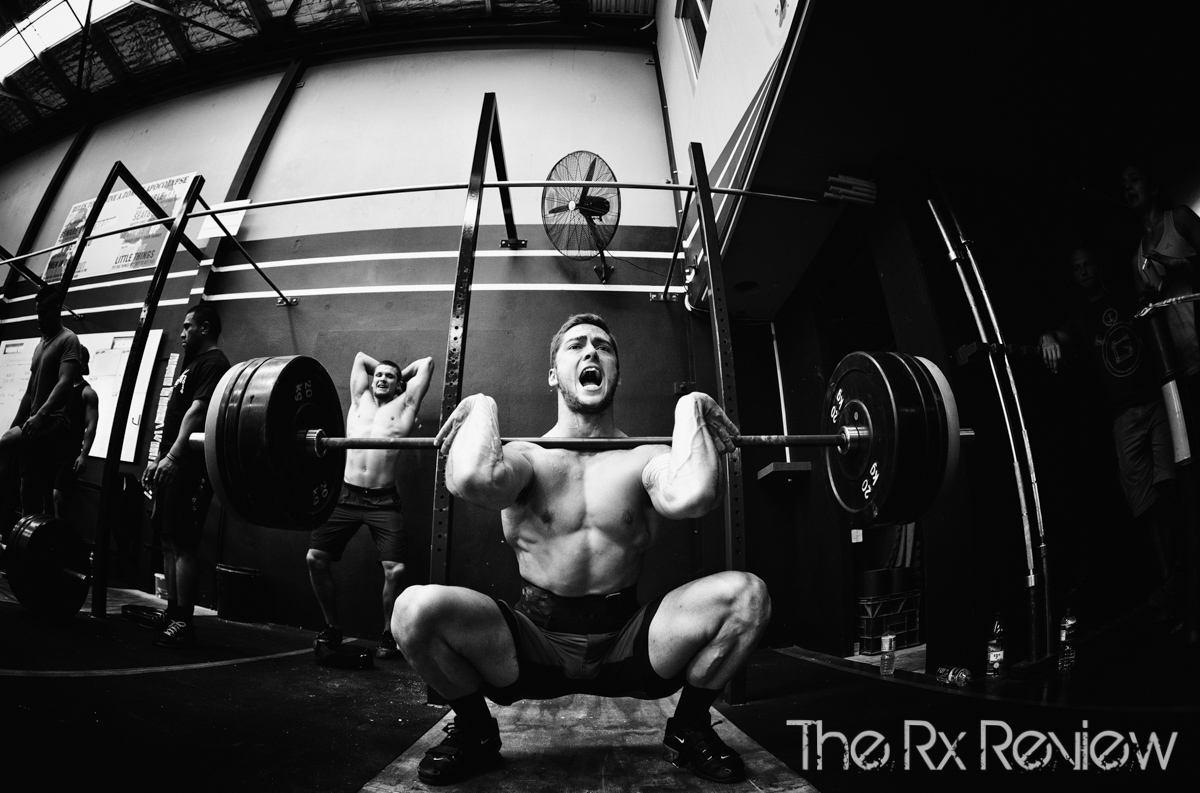


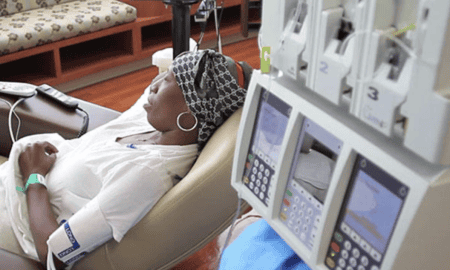

Follow Us